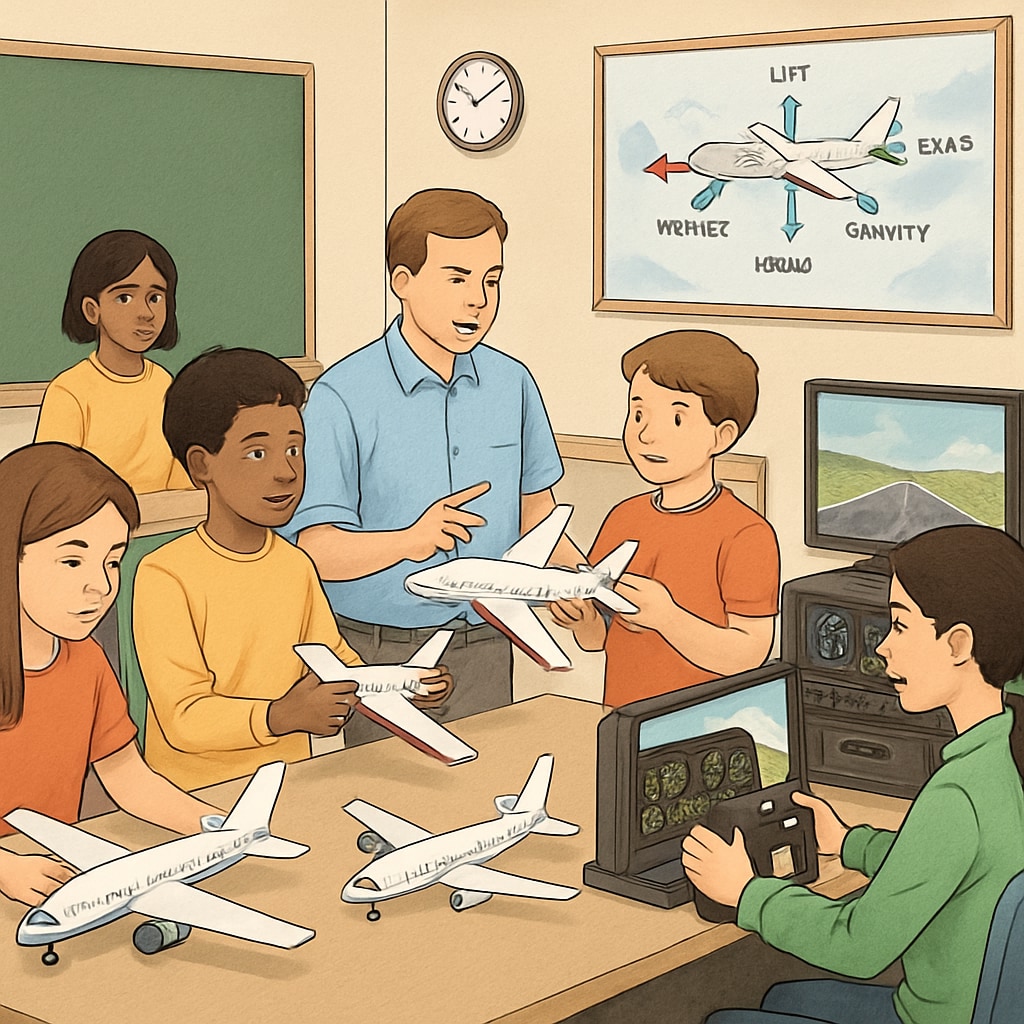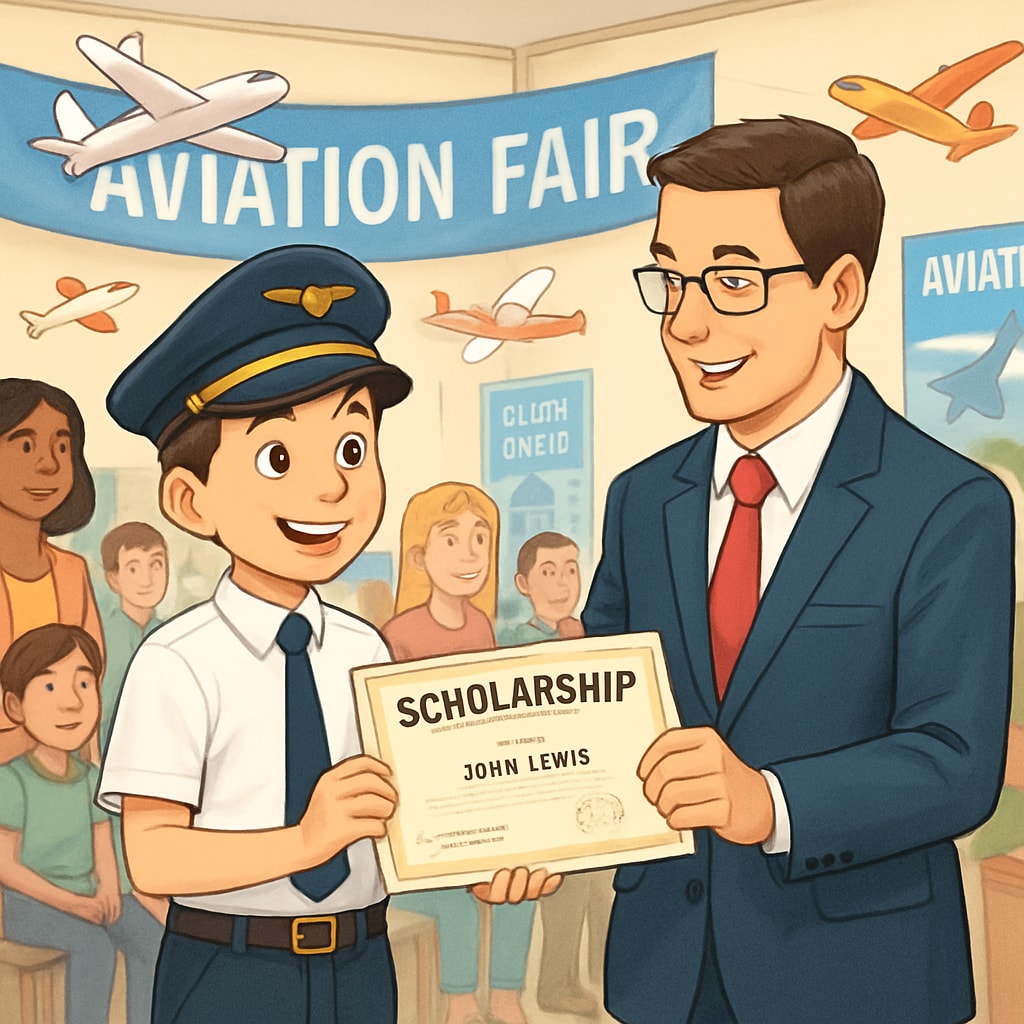Obtaining a flying license, funding support, and repayment commitments can be a significant challenge for aspiring pilots. For students dreaming of careers in aviation, K12 education plays a crucial role in sparking interest and providing early resources to help them achieve their goals. By integrating aviation-focused programs and collaborating with families, schools, and community sponsors, young minds can embark on their path to commercial piloting with confidence.
Building Aviation Interest Through K12 Education
Early exposure is essential in developing a passion for aviation. Schools can incorporate aviation themes into STEM (Science, Technology, Engineering, Mathematics) curricula, offering programs that introduce students to the fundamentals of aerodynamics, flight mechanics, and navigation systems. Extracurricular activities such as flight simulator clubs, aviation workshops, or drone-flying competitions can further enhance engagement.
For example, initiatives like the Civil Air Patrol provide hands-on opportunities for students to explore aviation while building leadership skills. Collaborations with local airports and aviation organizations can also create valuable mentorship opportunities, ensuring students are aware of career pathways early on.

Funding Support: Making Flying Licenses Accessible
One of the biggest barriers for young pilots is the cost of obtaining a flying license. Schools and communities should explore sponsorships, grants, and partnerships to make aviation training more affordable. For example, businesses in the aerospace industry often offer scholarships or financial aid to support future talent. Crowdfunding platforms and local fundraising events can also raise awareness and generate funds.
Additionally, repayment commitments (agreements where pilots repay part of their training costs through post-graduation career earnings) can be introduced as viable options. These programs ensure that students can focus on their training without immediate financial strain while committing to pay back their sponsors over time.

Collaborative Efforts: Schools, Families, and Communities
Creating a support system for aspiring pilots requires collaboration between schools, families, and communities. Parents can encourage aviation interests by participating in events like airshows or museum visits. Schools can host career days featuring guest speakers from the aviation industry to inspire students.
Communities can also play a role by connecting students with aviation professionals for internships or shadowing opportunities. For example, non-profits like the EAA Aviation Foundation offer educational resources and flight experiences designed for young enthusiasts. These partnerships build a network of support that guides students toward their dream careers.
Conclusion: Paving the Way for Aviation Dreams
By leveraging K12 education and community resources, young aviation enthusiasts can overcome the financial and logistical challenges of obtaining flying licenses. With funding support, repayment commitments, and tailored programs, schools and families can nurture future aviation talent, ensuring that aspiring pilots are ready to take off toward their dreams.
As a result, these combined efforts not only empower individual students but also contribute to the growth of the aviation industry, creating a generation of skilled and passionate pilots equipped to navigate the skies.
Readability guidance: This article uses short paragraphs, active voice, and clear headings to ensure accessibility. Transition words such as “for example,” “in addition,” and “as a result” are incorporated to enhance flow. Lists and external links provide further clarity and depth.


